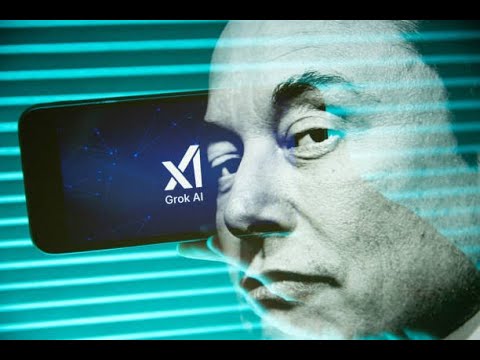Elon Musk has launched the Grok-3 model from his AI venture xAI, claiming it excels in math and science tasks and outperforms competitors like OpenAI, though these claims require independent verification. The introduction of Grok-3 raises concerns about AI safety and responsible development, with experts noting that its performance improvements may be modest and calling for more transparency regarding its unique features and methodologies.
Elon Musk has introduced the latest model from his artificial intelligence venture, xAI, named Grok-3. This model is touted to have advanced reasoning capabilities, particularly excelling in math and science tasks. Musk claims that Grok-3 is already outperforming some of the leading AI models from competitors like OpenAI, Anthropic, and Google. However, the validity of these claims remains to be independently verified, as assessing AI performance across different models is a complex challenge due to the lack of standardized evaluation tools.
The conversation around Grok-3 also touches on the broader implications of AI innovation, particularly concerning safety and responsible development. The mention of “super safe intelligence” highlights the importance of ensuring that advancements in AI technology do not compromise safety. This aspect is crucial as the AI landscape continues to evolve rapidly, and stakeholders are increasingly concerned about the ethical implications of powerful AI systems.
Industry experts, including those from Bloomberg Intelligence, have weighed in on the competitive landscape of AI models. They note that while Grok-3 may not represent a significant leap in terms of data processing capabilities compared to other models, it does claim to perform better in specific tasks like math and coding. The performance improvements are estimated to be modest, around 5%, which raises questions about the overall impact of Grok-3 in the context of existing models.
The discussion also highlights the competitive nature of AI development, where companies have historically focused on the size of their computational resources. For instance, Musk’s team has built a substantial CPU cluster with over 100,000 GPUs for pre-training their models. Despite this impressive infrastructure, experts suggest that the advancements in Grok-3 may not be as groundbreaking as anticipated, especially when compared to other recent innovations in the field.
Finally, the lack of detailed information regarding Grok-3’s release, such as a comprehensive research paper, has left some experts wanting more clarity on its unique features and methodologies. The absence of a novel approach or detailed benchmarks makes it difficult to fully assess Grok-3’s capabilities and innovations. As the AI race continues, the need for transparency and rigorous evaluation remains paramount to ensure that advancements are both effective and safe.
